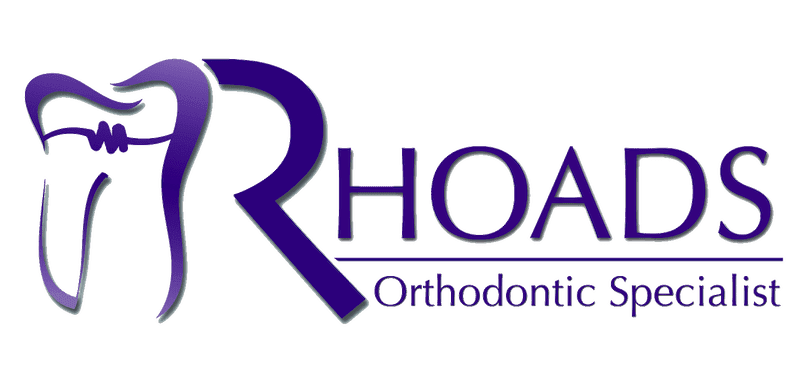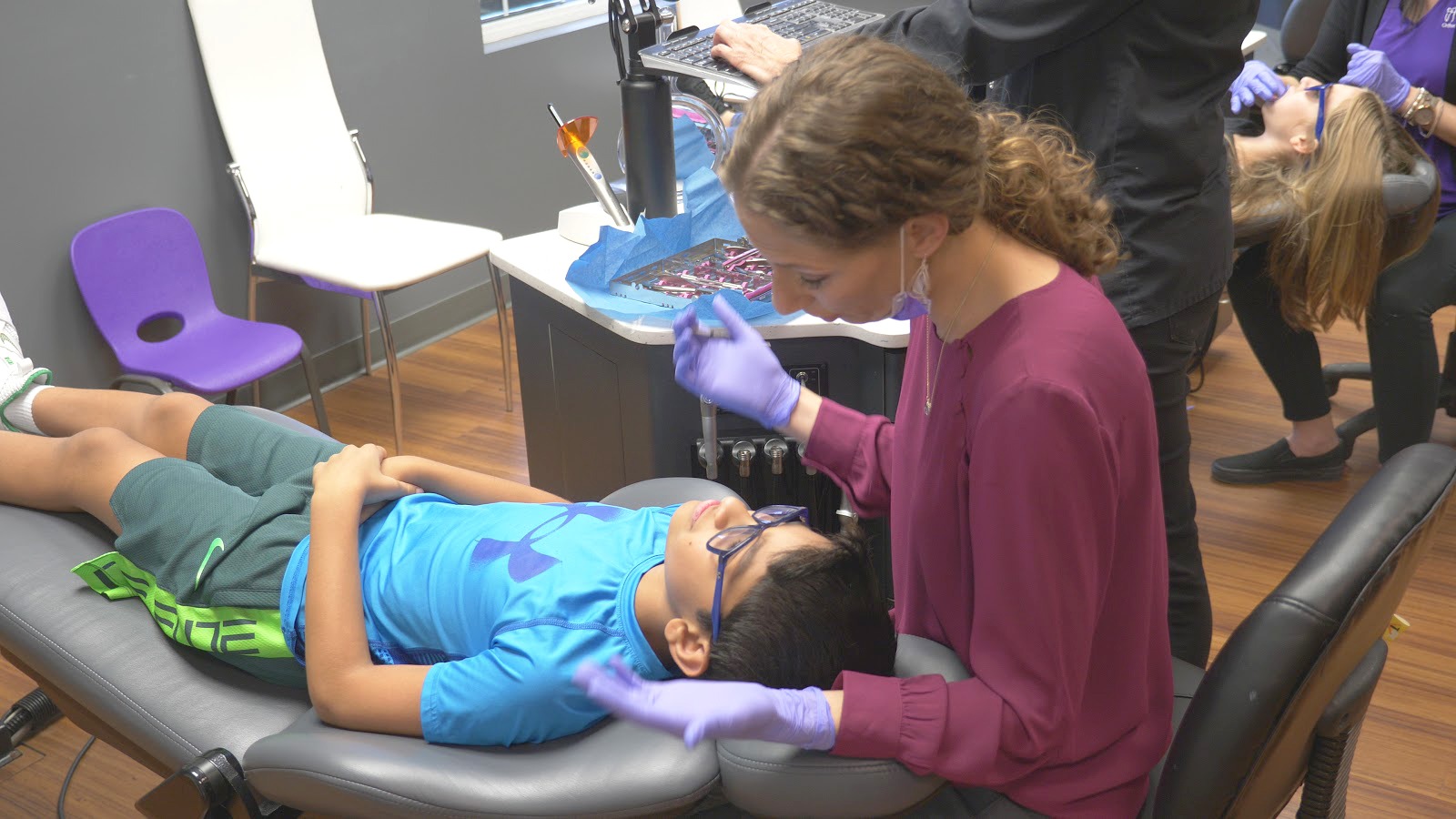Have you been trying to determine if, when, and what kind of orthodontic treatment your child may need in the future? Rhoads Orthodontic Specialist is here to help! It’s our goal to provide you with reliable information that will give you a better idea of what a long-term plan for your child’s orthodontic care might look like. Want clear, concise information you can trust from an expert orthodontic source like Dr. Rhoads? Take a look below!
The first step in your child’s orthodontic journey
When it comes to giving your child a healthy, aligned smile, the first step is scheduling a complimentary consultation with our office. Although there’s no minimum age for a child to have their first orthodontic evaluation, the American Association of Orthodontists recommends that all children have an examination by around the age of seven. At this point, your child will usually have a mix of permanent and baby teeth. This gives our team the chance to find, diagnose, and treat a number of common dental issues before they can cause more serious problems.
Early intervention can also reduce the need for more intensive orthodontic treatment, and is summed up by a process we offer called two-phase treatment. This specialized service is designed to be proactive rather than reactive. We will often recommend it for younger patients that we anticipate will need orthodontics as they grow.
Understanding two-phase treatment
As you may have guessed, two-phase treatment involves a child receiving orthodontic treatment at two separate times, with a break in between. In most cases, the first phase of treatment will be initiated when the child still has a mix of primary and permanent teeth. This is followed by a period of rest before the second phase begins, usually once most or all of the adult teeth have emerged.
We use two-phase treatment to create a better environment for a child’s permanent teeth to grow into, giving them the best start for a healthy smile that functions exactly as it should. We use this process to promote an optimal environment by:
- creating a more harmonious relationship between the teeth and jaws
- aligning the teeth, resulting in a straighter smile
- positioning the teeth and jaws for more pleasing facial symmetry
During your child’s initial orthodontic examination with Dr. Rhoads, she will thoroughly inspect their teeth and jaws. She may recommend two-phase treatment if it appears that:
- your child will be prone to a particular problem that we want to keep from developing (preventive treatment)
- your child already has a developing problem that we now want to intercept (interceptive treatment)
- your child’s jaw bones may need a bit of guidance as they grow (growth modification)
Here at Rhoads Orthodontic Specialist, we’re careful to follow the normal patterns of childhood growth and development. This gives us the best chance to improve and correct orthodontic issues at an opportune time. Many of the common dental problems that can be treated relatively easily in a growing child could require more invasive treatment as they age and their jaw bones stop growing. Early treatment can often achieve lasting results for many of these issues. In some instances, it may even be able to lessen the impact of others. However, most patients will still require a second phase of treatment in order to complete the alignment process we begin with the first phase.

How two-phase treatment works
Understanding the basics of each phase and what goes on during the resting period will give you a better idea of how the whole process works together to improve your child’s oral health.
Phase One
Phase one treatment helps a child’s jaw develop to better accommodate all the permanent teeth, and can also improve the way the upper and lower jaws fit together. This method of treatment has many benefits, including an improved ability to bite, chew, and digest food more effectively. It can also reduce the risk for tooth damage due to crowding, misalignment, or malformed jaws.
Treatment in this phase begins the process of long-term stability, meaning the teeth will stay in whatever position our doctors guides them to. The second phase of treatment continues this stabilization by moving the teeth into their final optimal positions. But before we can begin this, there will be a period of time where the permanent teeth are emerging. While this is happening, we will suspend orthodontic treatment in order to give the teeth, jaws, and mouth a temporary break.
Resting Period
Once we have successfully completed the first phase of treatment, the remaining permanent teeth should have a clear path to erupt. During this period, we’ll help keep the teeth stable by using either a space maintainer or a non-removable retainer.
Phase Two
Finally, everything begins to come together! This phase will traditionally be initiated once all of your child’s permanent teeth have erupted, and will often include the use of traditional braces or clear aligner therapy. Once treatment is complete, we’ll generally use a fixed bonded retainer to ensure that their newly straightened smile stays that way!

Creating a custom smile for your child
At Rhoads Orthodontic Specialist, we don’t believe in “one size fits all” treatment plans for our patients. Every smile is unique, and what works for one child won’t always work for one another. Dr. Rhoads will take into account your child’s specific needs when creating an individual treatment plans for them. Our talented team is proud to offer the highest-quality orthodontic care to patients of all ages in Cranberry Township and the surrounding communities.
Do you have a child who is around the recommended age for their first orthodontic visit? If so, we’d love to schedule a complimentary consultation for them! You can click here for an appointment request, or give our office a call at 724.742.2300. It’s the perfect time to start your child on the path towards a straighter, healthier smile!

